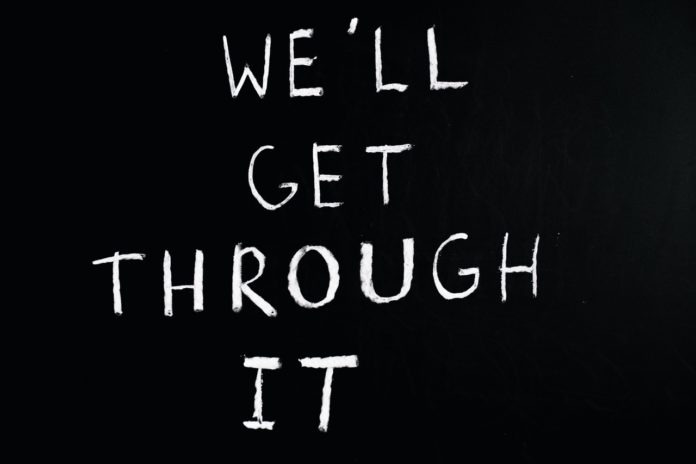I feel like a broken record when sending condolences messages. The ways of saying it may differ, but the helplessness behind it is the same. The pandemic has all but vanquished our ways of mourning. We cannot embrace or console anyone like we used to. I have thought about this a great deal and hope the following advice helps.
RELATED
Covid-19: How survivors’ guilt might be affecting you
My brother passed away two years ago after a short terminal illness. Twenty two and gone forever. We waited a few hours for an ambulance. At that time I acted like a drill sergeant. I had called the undertakers to have them on standby. I started tidying up. We had scheduled load shedding so I rushed a bit. I didn’t let no one know until official paperwork had been done with the police and the ambulance. We took one last look at him and then he was taken to the undertakers’ facility about five kilometres away.
It was all meticulous and calm amidst the sobbing and disbelief. He had been recovering,and had discomfort that weekend.So it was a shock. After I let everyone know, I had an influx of friends come over. We really needed that. The house was filled,and hearing “my deepest sympathy” in your face accompanied by a hug cannot be replaced.
RELATED
Under The Eyes Of COVID-19: Grief And Otherness
But this is no longer our reality. We may never have this again.
Our key communication is all digital, and no condolence message can be spiced up like an e-invitation. It has to be reflective and consoling as it is sombre. I still don’t know if it is enough, but consoling a grieving person has no set handbook.
Be Present even in silence.
Reach out and listen. Listen to the person so they feel heard, and not just to hear.
Allow anger, allow space for the person to be heard, and listen to the anger, hurt and pain. Don’t rush to get off the call or instant messaging. Most times people need to vent to feel better.
Send a delivery. Send flowers, food or anything you can manage and afford. If your budgets are not allowing then a handwritten letter is one option too. We are used to using devices, and forget how endearing and beautiful a handwritten note can be. It is nostalgic, and the receiver will find comfort in reading your words of condolences.
Offer to help with arrangements. There is nothing worse than making those calls to undertakers and officiants to conduct funerals. Depending on the person, ask them if you can arrange some things. The burden will feel lighter and it is a practical way to sympathise too.
Plan something a month or two down the line. It’s good to plan an activity for your friend, a movie or picnic. A lunch at home (following all safety protocols) or even a stroll somewhere scenic.
Wait; give them time. There is no set calendar for this. We can judge when someone’s mood is lifting a bit. Also remember grief settles but never goes away. It is a reminder of pain that stops hurting, but it always exists in flare ups.
RELATED
My tips are based on my own experiences. It came from the daily reminder of mortality. I was thinking alot about the brokenness we are enveloped in.The online hatred toward illness and dying. The callousness that can accompany good tidings too. I would prefer sending someone a happy birthday message. A small act of kindness can stretch and last forever.
Don’t underestimate what you can manage. Also only do what you can manage. This is not a call to arms, just suggestions if you can manage it. But Life is death, and a hug would be great this time. But it is not possible, and we have to adapt but we don’t have to lose our empathy. You can console from afar, so pick up the phone now. Words are sometimes all we have now, so our condolences do matter.
Remember you can give flowers to the living too.









